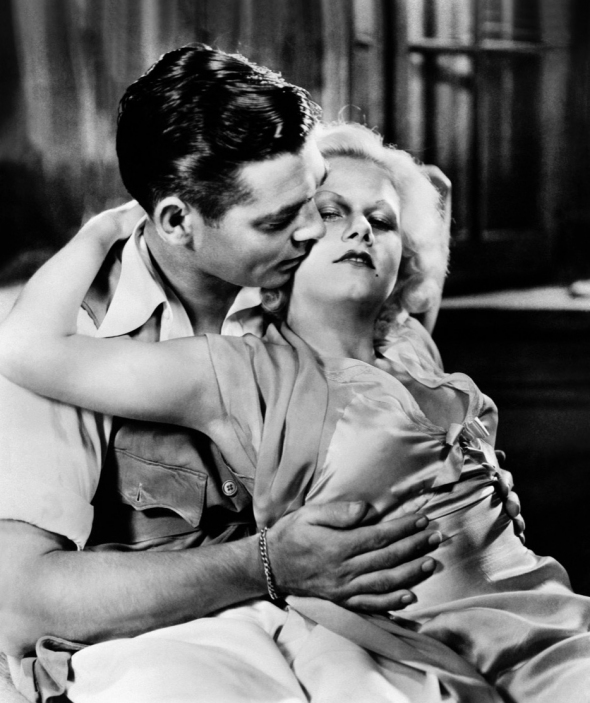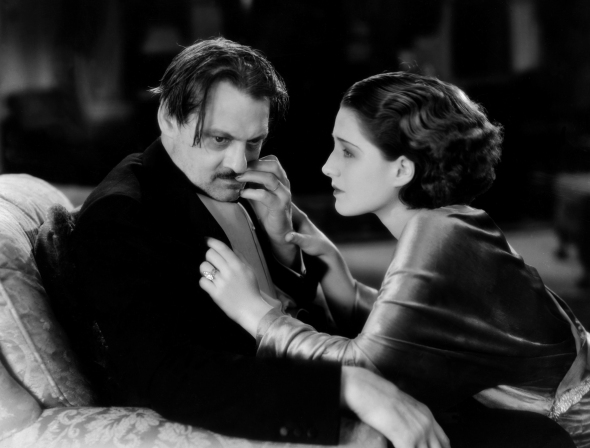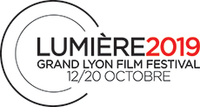Forbidden Hollywood,
Warner treasures
Posted on 24.09.2019
Between 1930 and 1934, talkies arrived in Hollywood with a total freedom of expression!
Ten films shown on the big screen for the first time in ages.

Cinema before the Hays Code
It is the dawn of the 1930s. While America wakes up to the bad dream of the 1929 stock market crash, one haven continues to flourish: Hollywood, the symbol of the American dream and its glorious rags-to-riches stories. The era of big studios and larger-than-life stars infuses the country with a glamorous and sensual atmosphere. But behind the scenes, a series of scandals – “Fatty” Arbuckle accused of killing a young actress, or the affair between Douglas Fairbanks and Mary Pickford, both married at the time - become big news, ruffling the feathers of polite society and the influential conservative and religious groups, who will wage a war against "Hollywood Babylon."
 Lionel Barrymore and Norma Shearer in A Free Soul by Clarence Brown (1933)
Lionel Barrymore and Norma Shearer in A Free Soul by Clarence Brown (1933)Written by a Jesuit priest and a Catholic publisher in 1930, the Motion Picture Production Code is finally adopted in 1934. Later known as the "Hays Code" (after its creator, William Hays, nicknamed the “Tsar of movies” by the press), its text, through a series of dogmas, dictates what can be shown on the silver screen in terms of violence, vulgarity, blasphemy, patriotism and of course, sexuality. The PCA (Production Code Administration) would be responsible for enforcing strict adherence to the code.
Between the advent of talkies and the adoption of the code, Hollywood is enjoying a period of wild freedom. Movies feature sexuality, miscegenation and homosexuality, along with brawls, trafficking, murder and prostitution. Saucy dames like Mae West, Jean Harlow or Barbara Stanwyck reign; the era of big gangsters and fallen femme fatales entertains those left on the sidelines by the economic crisis. Directors William A. Wellman, Roy Del Ruth, Michael Curtiz or Victor Fleming depict a subversive, innovative, libertarian and social worldview, spearheading a form of feminism unique in cinema history. It was the true "Golden Age of Hollywood."
Lumière 2019 takes you on a trip to Forbidden Hollywood.
A retrospective made possible by Warner.
Our thanks to Olivier Snanoudj and Carole Chomand for France and Ned Price for the United States.
Our thanks to Olivier Snanoudj and Carole Chomand for France and Ned Price for the United States.
A retrospective composed of films screened for the first time
in a cinema since their initial theatrical release.
See all films here
With the support of the Embassy of the United States of America
Categories: Lecture Zen

